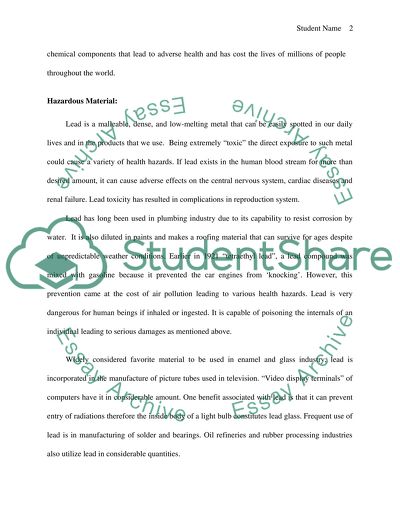Cite this document
(“Environmental Health Risk Assessment: Lead Poisoning PowerPoint Presentation”, n.d.)
Retrieved from https://studentshare.org/health-sciences-medicine/1406297-environmental-health-risk-assessment
Retrieved from https://studentshare.org/health-sciences-medicine/1406297-environmental-health-risk-assessment
(Environmental Health Risk Assessment: Lead Poisoning PowerPoint Presentation)
https://studentshare.org/health-sciences-medicine/1406297-environmental-health-risk-assessment.
https://studentshare.org/health-sciences-medicine/1406297-environmental-health-risk-assessment.
“Environmental Health Risk Assessment: Lead Poisoning PowerPoint Presentation”, n.d. https://studentshare.org/health-sciences-medicine/1406297-environmental-health-risk-assessment.


